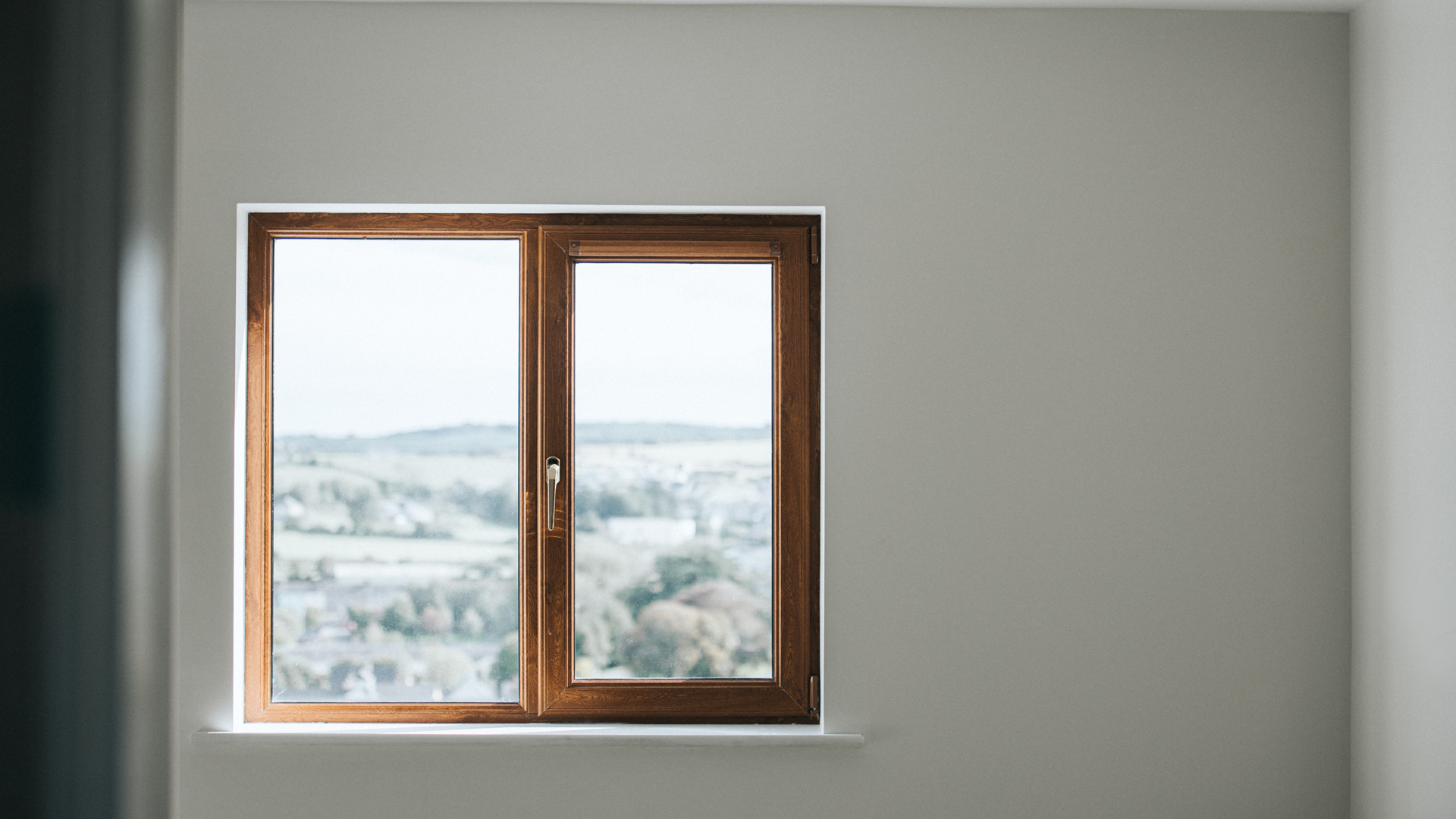How to measure the air quality in your home
Learn how to measure the air quality in your home so you can take action if you need to.

With all of us spending more time than ever inside, you might be wondering exactly how to measure the air quality in your home, so you can get the full picture of any underlying air pollution issues. This is a good move to take for the preservation of both your health and your home, and even more crucial if you’re experiencing any concerning health issues such as difficulty breathing or a scratchy throat.
Though it’s something that might usually pass you by, taking time to learn how to measure the air quality in your home probably won’t be as difficult as you think, and will offer you peace of mind when you’re relaxing at home. Rather than ignoring any concerns about your home’s air quality, it’s best to be proactive and tackle the issue of air quality head-on.
Allergies and asthma can also be exacerbated by poor air quality inside the home, so if you are a sufferer of either, then knowing how to measure the air quality in your home is crucial. After all, while the quality of the air outside might be beyond your control, there are a number of things you can do within the confines of your own space to improve things. For more air quality solutions, check out our guides to the best air purifiers and the best dehumidifiers.
How to measure the air quality in your home: Invest in a mold kit
When assessing your air quality, it’s a good idea to begin with one of the most pressing, and perhaps the most obvious indoor air pollution issue, mold. Within your home, mold can affect your health as it produces allergens, irritants, and in the worst case, toxic substances. It’s caused by excess moisture and can escalate into a more serious issue if not duly taken care of.
Fortunately, measuring the risk in your home with one of the best mold kits won’t cost a fortune, with the final results handled by professionals for an added element of reassurance. Our top pick, the Pro-Lab Mold Test Kit is capable of detecting the vast majority of mold types. Plus, the laboratory your mold samples are sent off if you opt for Pro-Lab also has a fantastic reputation.
In order to test your home for mold, you’ll need to prepare a Petri dish to be sent off to a laboratory. This can be done in a number of different ways, and you should receive your results within two weeks, though this depends on which service you use. From there, you’ll be armed with all the information you need to help you isolate and remove the threat of mold from your home. With kits available for just $40, measuring the issue of mold in your home won’t break the bank, and is an easy initial step to take when improving your indoor air quality.

How to measure the air quality in your home: Use an air quality monitor/sensor
To fully understand the nature of the air within your home, invest in an air quality monitor. These can measure the particulate matter within your home and deliver information on the levels of oxygen, carbon dioxide, and volatile gasses present. Depending on how equipped the monitor you choose is, your device will be able to determine the level for each type of particulate, enabling you to make changes to your home systems if necessary.
Sign up to receive the latest news, reviews, buying guides and deals direct to your inbox
Picking up an air quality monitor doesn’t involve any specialist knowledge; many have easy-to-read displays and some even have alerts built in to let you know when to make changes to your environment. However, there are a few things you’ll want to look out for in any prospective model. The first is that your monitor can detect humidity in the air (so that you can prevent even the chance of mold), the temperature, the levels of particulate matter, and the Air Quality Index.
A further thing you’ll want to get a picture of (that you might not be overly familiar with) is also a measure of the Volatile Organic Compounds in the air, as identified by the United States Environmental Protection Agency. These are pollutants that might come from building materials and chemicals within your home, which should be monitored.
One popular model available from Amazon, the EG Air Pollution Quality Monitor, uses a system of smiley faces to give you a quick indication of the air quality at any given moment. It’s also super portable, meaning you can take it in your car, and across different parts of your house to get a full picture of the air you’re breathing.

How to measure the air quality in your home: Install a carbon monoxide detector and track your radon levels
The risks of carbon monoxide within the home are very well documented, and having an alarm to pick up any traces within your home is a necessity. It’s advisable to install a carbon dioxide alarm on every level of your house if you can because if carbon dioxide does begin to leak, it can be extremely dangerous. This multi-pack from Home Depot will allow you to do just that and give coverage to larger homes with a lot of different areas that need to be alarmed.
Similar to the risk of carbon monoxide within your home, the threat of radon in the air should be taken very seriously. Radon is a radioactive gas not visible to the eye, and long-term exposure to it can spell serious health problems. One air quality monitor that is excellent for measuring radon is the Airthings Wave Radon Detector. Rather than taking one-off readings, this detector will continuously monitor the radon gas in the air, allowing you to do what you need to minimize any harmful effects. As the name suggests, it’s also super easy to use thanks to a sensor that will flash distinctive colors when you wave your hand in front of it. For those who want more information, it also delivers in-depth results to an app on your phone. The only downside to this monitor is that it’s pretty expensive, as, unlike most air quality monitors, it can also test for radon.

How to measure the air quality in your home: Be aware of your own health
While taking proactive steps to measure the air quality in your home is essential for reducing concerns about indoor pollution, it’s important to remember that the way you feel health-wise can also be an indicator of the quality of the air around you. If you do start to experience symptoms that might arise as a result of poor air quality, like shortness of breath, then always seek medical advice. It also might be wise to track your symptoms over the course of a few weeks so that you can get an idea of how your health is being affected by your environment that way you can take these details to your doctor.
Molly is the Staff Writer for the Home Section at Top Ten Reviews, joining the team after finishing college. When she's not writing she enjoys baking and embroidery, as well as getting stuck into a good book. She now enjoys writing about kitchen appliances, gardening tools, and will even dip her toe into writing about fridges and ovens.

